Ajanta caves are well known for their creativeness and artistic excellence. Nowhere else at one place is shown such a grand display of the three discipline – architecture, sculpture and painting – in a highly mature and technically perfect state. In the realm of painting, they are unique. A single painting of Ajanta can communicate better than a thousand words. The paintings are a simple, visual representatin of Buddhist ideals and sentiments. It has enthralled every art critic and set him to a desperate search for words in which to convey his impressions. The period from 2nd century BC to the 4th century AD saw vigorous spread of influence of Buddhist faith in India. The arts of painting and sculpture were inspired and governed by the common ideals of religion and culture of that time. The rich repertoire of the carved figures on common ideals of religion and culture of that time. The rich repertoire of the carved figures on railings, pillars, panels and cross-bars listed in texts are almost the same as on sculptures and cave temples of that time. Ajanta came in with a new mode of art forms when new religious system had grown up. Artists amalgamated all styles they had inherited from generations and produced paintings that were in the ‘exclusive Ajanta style’. These have been illustrated in the about 1300 line drawings presented in the book. The volume has been divided into eight chapters on architecture, sculpture, paintings, decorative paintings on ceilings, symbols and motifs and an analytical treatment of motifs. There is also a full treatment of the numerous Jataka tales, visuals of which are present in the painting. This book is an attempt to put into one volume as much as possible, everything about the art of Ajanta.
The Timeless Art of Ajanta
In stock
Free & Quick Delivery Worldwide
reviews
Bibliographic information
Title
The Timeless Art of Ajanta
Author
Edition
1st. ed.
Publisher
ISBN
8173054304, 9788173054303
Length
356p.,
Subjects

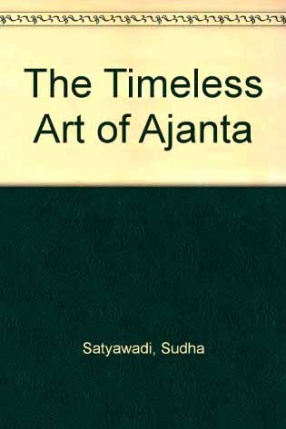
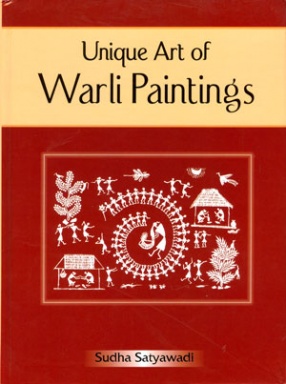
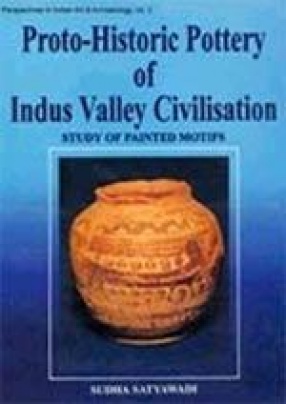
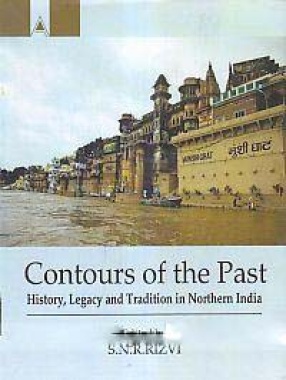
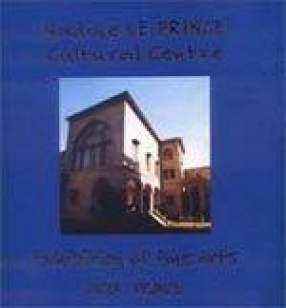
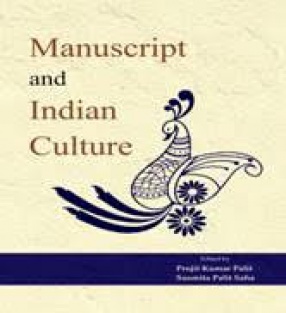
There are no reviews yet.